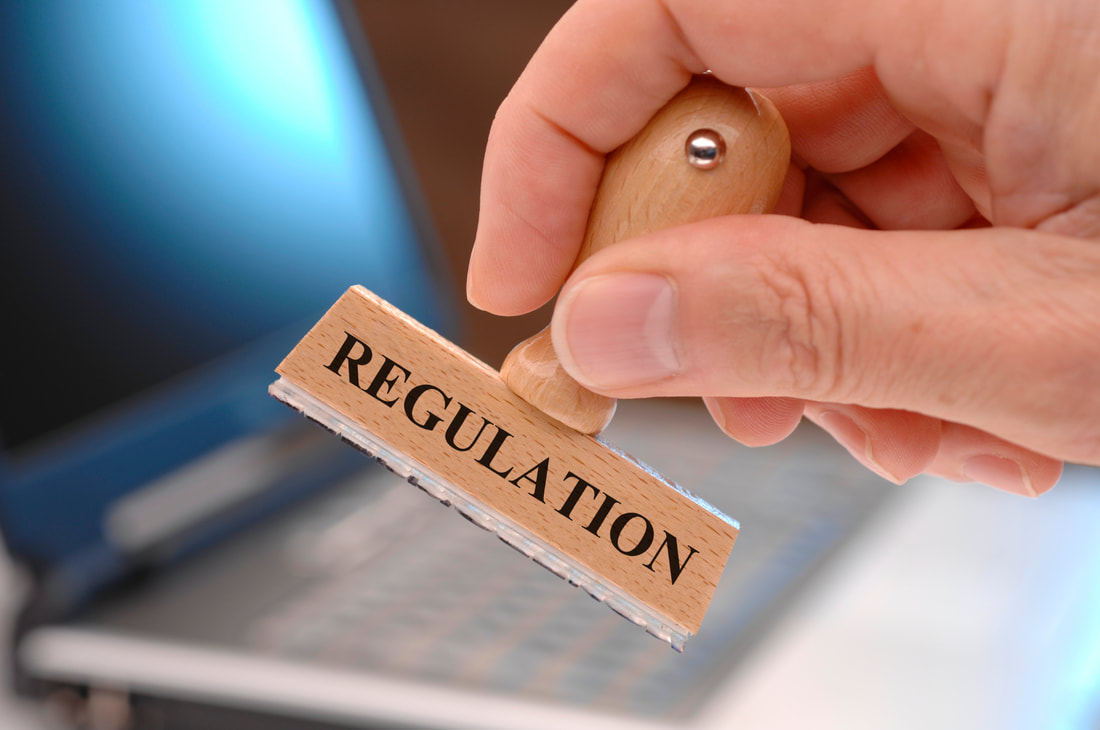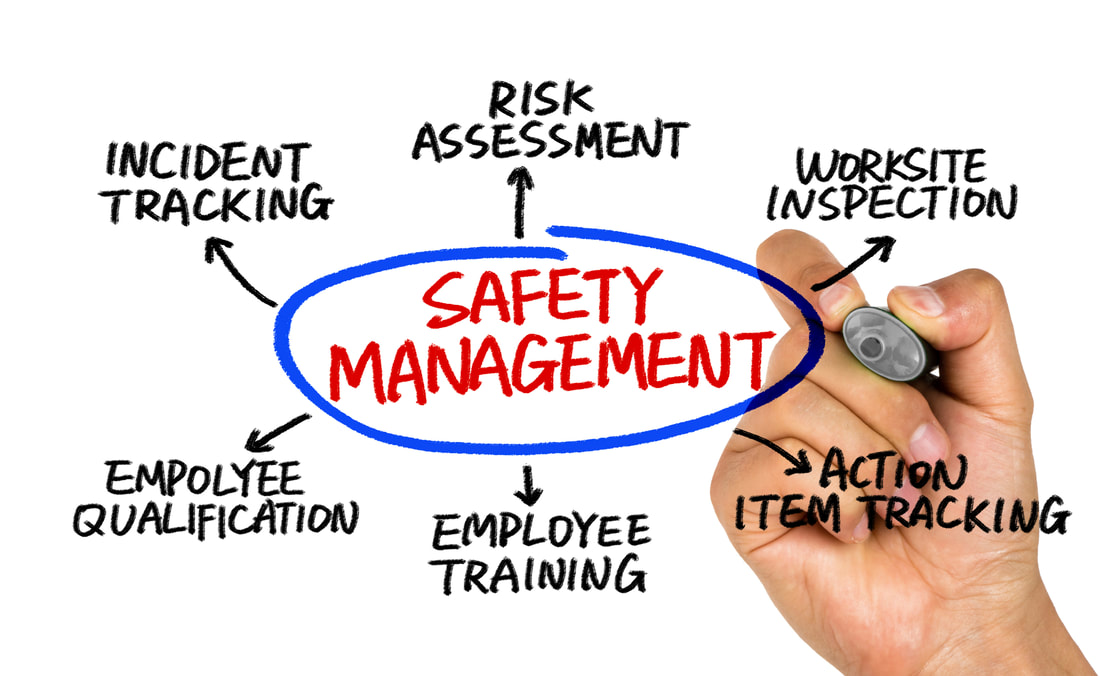|
Are you a Food Producer? Do you use anhydrous ammonia as a refrigerant? Did you know that if you charge your system with more than 10,000 lbs of anhydrous ammonia in a given year you must submit a Toxic Release Inventory (TRI) report? Yes, it’s true. If your SIC Code begins with 20, then The Emergency Planning and Community Right-To-Know Act (EPCRA Section 313 reporting requirements likely apply to your facility. This program is often referred to as the Toxic Chemical Release Inventory or TRI. And it requires that you evaluate all the chemicals at your facility. You also have to look at the activities you do and how you use the chemicals you have at the facility and classify them into categories of “manufacture,” “process” or “otherwise use” the chemicals at your Food Production facility. But that’s not the whole story. It’s not that simple. There are exemptions, and calculations. It gets complicated. It gets confusing. To help you with some of the confusion, EPA created a special bulletin entitled EPCRA Section 313 Reporting Guidance for Food Producers that describes how and when common chemicals used by Food Producers, including anhydrous ammonia, must be reported. Get started now. TRI Reports are due July 1, 2021. If you need some help, give us a call. You might also like this article about TRI:
0 Comments
The Regulations If you have a covered process at your facility, both OSHA and the EPA require that your facility conduct a Compliance Audit at least every 3 years. Compliance Audit requirements are outlined in OSHA's regulation, the PSM Standard, in 29 CFR 1910.119(o) and in EPA's regulation, the RMP Rule, in 40 CFR 68.58 and 68.79.
Purpose of Compliance Audits Audits are often looked upon with distain because they usually uncover things we miss and we immediately associate this with getting in trouble. But, if you can change your attitude a little and look at a Compliance Audit as an opportunity to improve your overall program, it can be one of the Best Management Practices there is. Compliance Audits are intended to find weaknesses in a program. That's their job. That's what they are designed to do. Not to get someone in trouble, but to improve the adequacy of your PSM / RMP program. Sure, Compliance Audits are performed to determine how well the PSM / RMP Prevention Program complies with the OSHA's PSM Standard and EPA's RMP Rule requirements. The reports are alike a score card. They indicate whether personnel are following the policies and procedures outlined in your own system, written by your team. Performing Compliance Audits will help the facility correct deficiencies and to continually improve your PSM / RMP Program.
First, a consultant will likely be more objective. You know what you "want" your program to say or believe all the documentation is in place, but a person not familiar with the PSM / RMP Prevention Program will be able to objectively tell you whether or not it actually says what you want it to say or that the documentation you have actually meets the intent of the regulation. Consider when you wrote a paper for school. After working with it for awhile and then reading it 10 times, didn't it say what you wanted it to say? It was perfect, right? And, then, you asked your mom or your room mate to read it and they had all kinds of comments and questions. Appendix C to the PSM Standard states that the "audit should be conducted or lead by a person knowledgeable in audit techniques and who is impartial towards the facility or area being audited." It's difficult to check yourself and your own work at times, and having another opinion will only make your program stronger. In addition, an outside party might be familiar with ways of ahndling a situation or presenting required information in a way you haven't thought of. People whose job it is to conduct PSM & RMP Compliance Audits see a wide variety of documents that they likely will be able to share with you. If you don't want to hire a consultant, if your facility is part of a larger organization that has other plants also covered by PSM / RMP, consider creating a "Round Robin" auditing schedule where the PSM /RMP Coordinator from one plant audits the PSM / RMP Program at another plant. This way Best Management Practices (BMPs) can be shared across the organization so that improvement is made across the board. And, remember, you can audit your own program. It might not be the optimal method, but it isn't against the rules. Compliance Audits Are a Best Management Practice Remember, the purpose of the audit isn't to "nail" someone or get someone in trouble. The purpose of the Compliance Audit is to idenify those tasks, items, documentation that might have been overlooked or require some improvement. It's all about improvement. It's all about continuous improvement. Compliance Audits are great BMPs. This story is brought you by Schneider Risk Management.
If you have any questions, please call us at (231) 288-1076. |
|








 RSS Feed
RSS Feed
